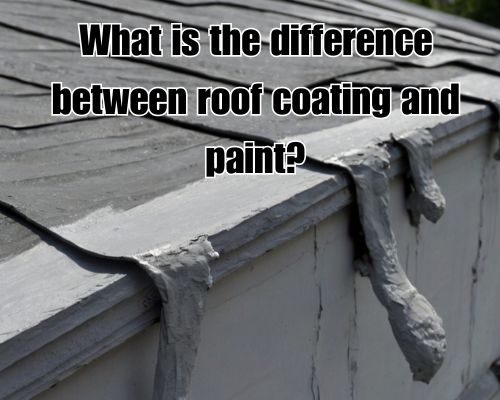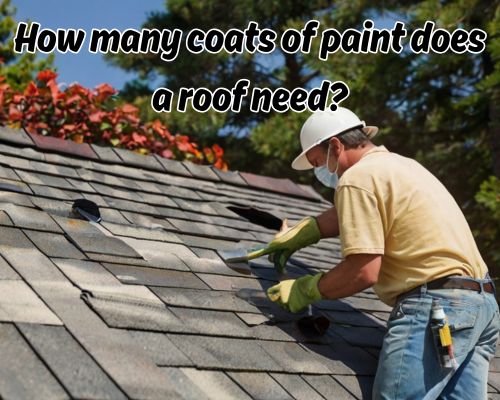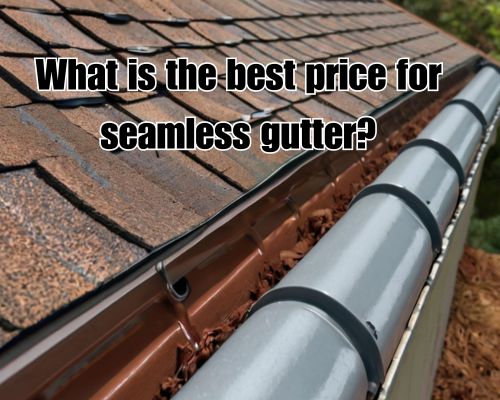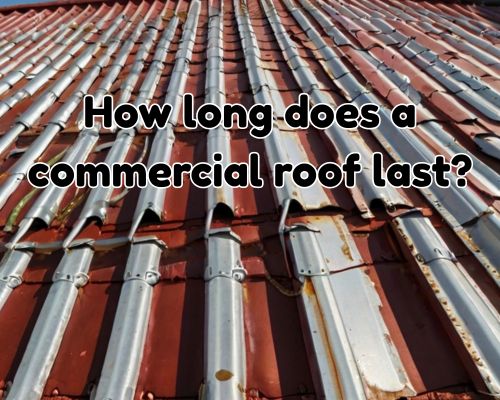Is Guttering Easy to Fix? A Homeowner’s Guide in Melbourne, AustraliaIs Guttering Easy to Fix? A Homeowner’s Guide in Melbourne, Australia
When it comes to home maintenance in Melbourne, guttering rarely tops the list—until it fails. Whether you’re dealing with sagging downpipes in Northcote or a leaking joint over your verandah in Brighton, homeowners often wonder: Is guttering easy to fix? The answer depends on several factors: the age of the system, the materials used, the type of damage, and—importantly—how comfortable you are on a ladder.
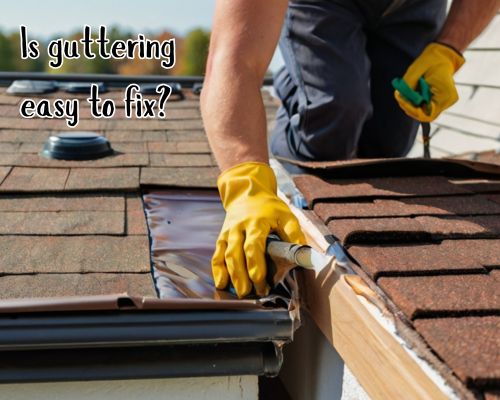
In this guide, we’ll unpack the common issues with residential gutters, whether DIY repair is a viable option, and when it’s best to call a professional. We’ll also look at how local climate and building regulations in Victoria affect your guttering needs.
Understanding Guttering Systems in Melbourne Homes
Before diving into repairs, it’s essential to understand what you’re working with. In Melbourne, most homes are fitted with either Colorbond steel, aluminium, or PVC guttering. Each has different maintenance requirements and challenges:
- Colorbond Steel: Durable and stylish but can rust if not installed or maintained correctly.
- Aluminium: Lightweight and rust-resistant but prone to denting.
- PVC (Vinyl): Easy to install and cost-effective, but can crack in colder weather or warp under prolonged sun exposure.
Melbourne’s unpredictable weather, especially the heavy winter rains and sudden summer downpours, makes effective guttering a necessity. When gutters fail, they can cause significant damage to eaves, foundations, and even interior walls.
Common Guttering Problems You Might Encounter
Many Melbourne homeowners report similar guttering issues:
- Blocked Gutters
A build-up of gum leaves, twigs, and debris from nearby trees—especially in leafy suburbs like Camberwell and Eltham—can block water flow and cause overflow. - Leaky Joints
Over time, the seals between gutter lengths can degrade, especially in older Federation-style homes common throughout Carlton and Fitzroy. - Sagging or Detached Sections
Poor installation, loose fasteners, or accumulated debris can cause guttering to sag or separate from the fascia. - Corrosion and Rust
In seaside areas like St Kilda or Williamstown, salt-laden air accelerates rust—particularly in untreated or damaged Colorbond systems. - Downpipe Issues
Blocked or misaligned downpipes can cause pooling at the base of your home, risking water ingress or foundation shifting.
Is Guttering Easy to Fix? (Let’s Get Real)
Here’s where we cut through the fluff: some minor guttering issues can be fixed by an enthusiastic DIYer, but others definitely require a licensed professional.
DIY-Friendly Gutter Fixes
You can likely handle these yourself with basic tools and a bit of confidence on a ladder:
- Clearing Blockages: Use a gutter scoop or garden hose to remove debris.
- Sealing Minor Leaks: Apply gutter sealant to joints and minor cracks.
- Tightening Loose Brackets: A screwdriver and new screws can often fix sagging sections.
Tip: Schedule your gutter inspection twice a year—ideally before Melbourne’s wettest months (May and October). You may also see gutter services for your needs.
When It’s Time to Call a Pro
If you’re dealing with:
- Large-scale rust or corrosion
- Detached downpipes
- Persistent overflow despite cleaning
- Gutters on second-storey or steep roofs
…it’s time to call in a qualified roofing or guttering specialist. Companies like Gutter Guys Melbourne, LeafSmart Guttering, and Top Dog Roofing offer local services with knowledge of Melbourne’s unique building codes and stormwater management requirements.
Plus, professionals are trained in working at heights—a serious safety consideration. Each year, dozens of Victorians are injured in ladder-related falls while attempting home repairs.
Cost of Gutter Repairs in Melbourne
The cost of gutter repairs in Melbourne varies based on materials, accessibility, and the extent of the damage. Here’s a rough breakdown:
| Service | Average Cost (AUD) |
|---|---|
| Gutter Cleaning | $150–$300 |
| Sealing Joints | $100–$250 |
| Replacing Sections | $300–$800 |
| Full Gutter Replacement | $1,500–$4,000+ |
| Leaf Guard Installation | $1,000–$2,500 |
Pro Tip: Check with your local council or insurance provider. Some damage—particularly storm-related—may be covered under your policy.
Why Gutter Maintenance is Crucial in Melbourne
Neglecting your guttering can lead to bigger, costlier issues down the track, including:
- Roof leaks
- Mould growth in walls and ceilings
- Structural timber rot
- Damage to landscaping and foundations
And with climate change leading to more extreme weather events in Victoria, ensuring your gutters are in top shape has never been more important.
Local Considerations: Melbourne’s Council and Building Guidelines
Several Melbourne councils—like those in Moreland, Yarra, and Boroondara—have guidelines for water runoff and gutter installation. Improper guttering may violate stormwater discharge laws or even contribute to urban flooding.
If you’re replacing or upgrading your system, ensure that it complies with Australian Standard AS/NZS 3500.3, which governs plumbing and drainage, including stormwater systems.
Eco-Savvy Gutter Solutions: Think Green
Sustainability-minded homeowners are also looking into:
- Rainwater tanks: Harvest runoff for garden use.
- Gutter guards: Minimise maintenance and extend gutter life.
- Smart monitoring systems: Detect blockages or overflows remotely.
Melbourne has a thriving eco-renovation culture—think Brunswick’s solar homes or Preston’s permaculture plots—so enhancing your gutters can tie into broader green goals.
Final Thoughts: So, Is Guttering Easy to Fix?
In short: sometimes yes, but often no.
If you’re comfortable with minor tasks and have safe access, you can tackle small fixes. But for serious issues—especially in Melbourne’s changeable weather and multi-level homes—professional help (see gutter services) is usually worth the investment.
Keeping your guttering in top condition not only protects your home—it safeguards your health, your wallet, and even the environment.
Local Resources and Gutter Pros in Melbourne
- Master Plumbers Association of Victoria
- Melbourne Water (for stormwater guidelines)
- Top Gutter Companies in Melbourne:
- LeafSmart Guttering
- Gutter Guys Melbourne
- Rhino Roofing
FAQ: Quickfire Answers
Q: Can I fix a leaking gutter joint myself?
Yes, with gutter sealant and a dry surface, small leaks can be patched.
Q: How often should I clean my gutters in Melbourne?
At least twice a year—more if you’re in leafy suburbs like Kew or Surrey Hills.
Q: Do I need council approval to replace gutters?
Usually not, but check with your local council if you’re altering drainage direction or installing rainwater harvesting systems.



